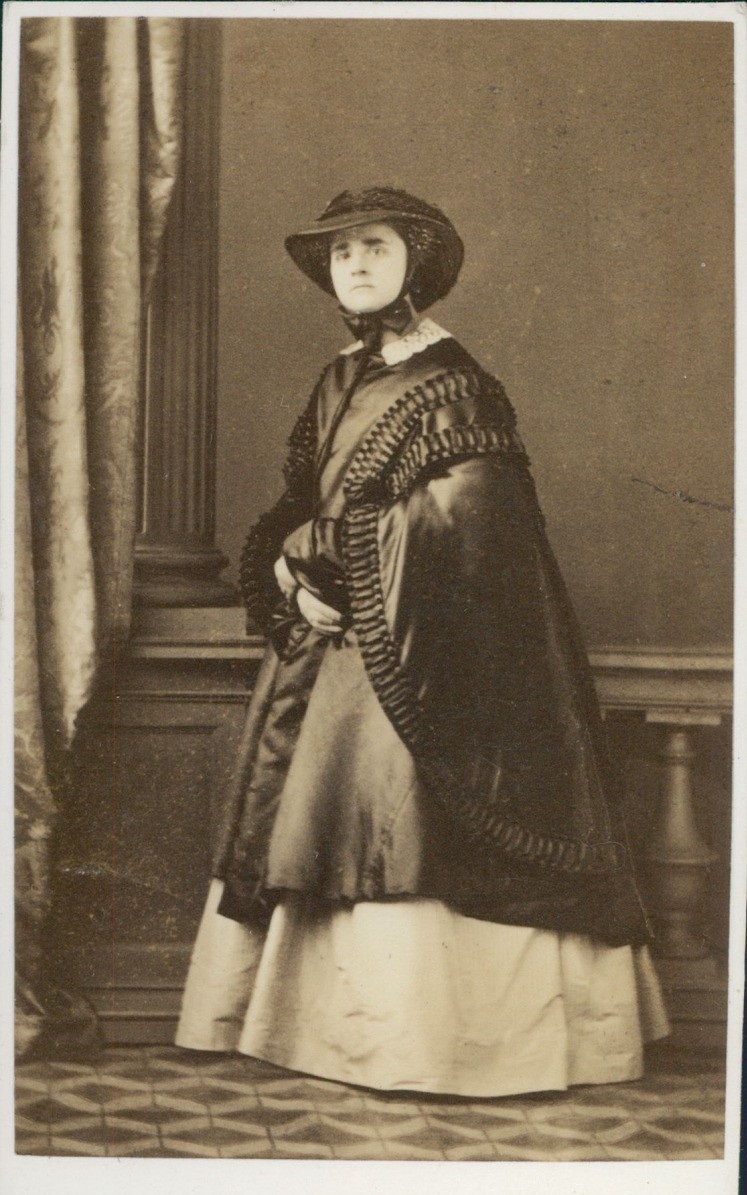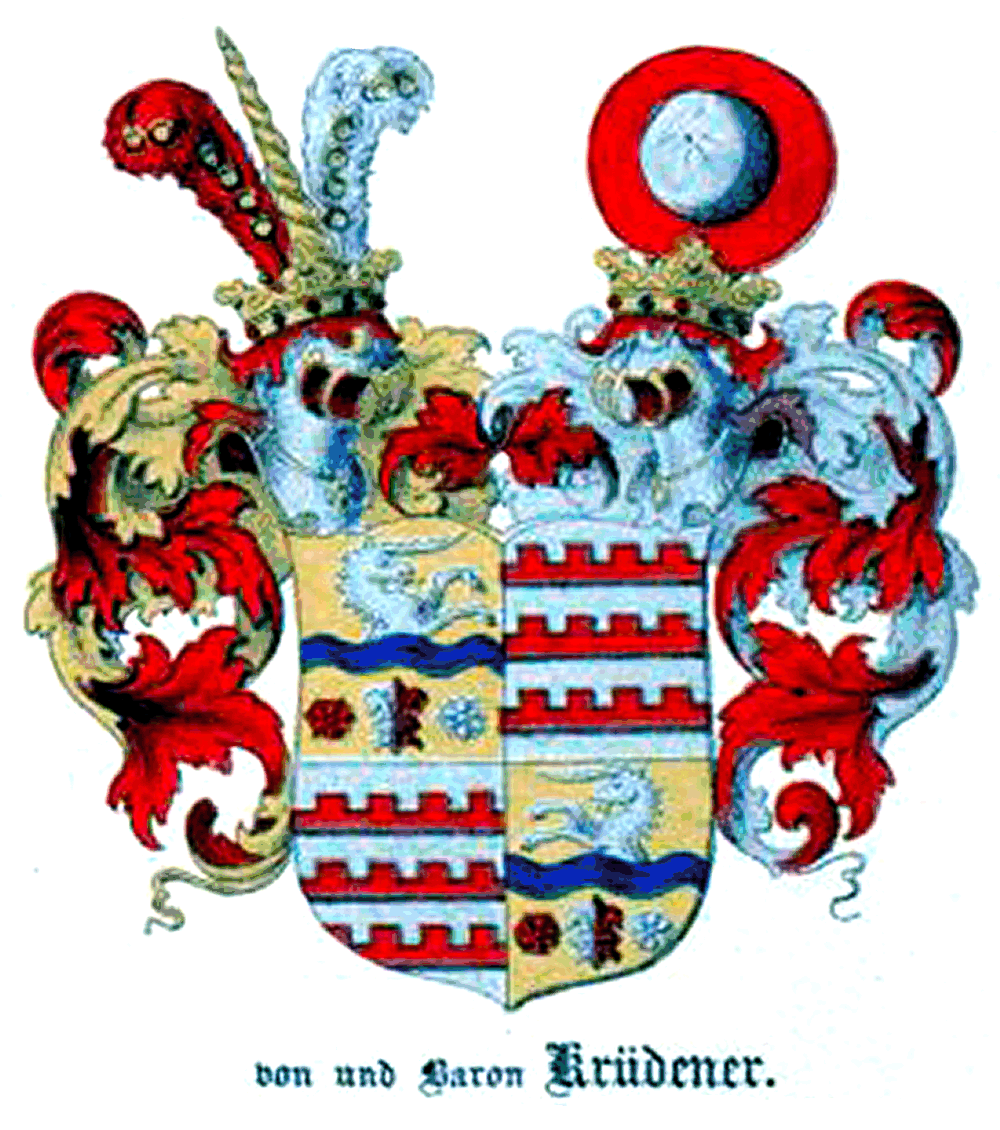|
Schönheitengalerie
The Gallery of Beauties (german: Schönheitengalerie) is a collection of 36 portraits of the most beautiful women from the nobility and middle classes of Munich, Germany, painted between 1827 and 1850 (mostly by Joseph Karl Stieler, appointed court painter in 1820) and gathered by Ludwig I of Bavaria in the south pavilion of his Nymphenburg Palace in Munich.S. K. Ludovic"A King's Gallery of Beauty"''Strand Magazine'' (January 1902): 16-23. Two additional ones were created by Friedrich Dürck. Its best-known works are the portraits of the shoemaker's daughter Helene Sedlmayr, the actress Charlotte von Hagn (revered by audiences in Munich, Berlin and Saint Petersburg) and the king's Irish mistresses Eliza Gilbert ( Lola Montez) and Marianna Marquesa Florenzi. They include a Briton, a Greek, a Scot and an Israelite, along with relations of Ludwig's - the wife and daughter of Ludwig of Oettingen-Wallerstein were both painted, as was Ludwig I's daughter Princess Alexandra of B ... [...More Info...] [...Related Items...] OR: [Wikipedia] [Google] [Baidu] |
Joseph Karl Stieler
Joseph Karl Stieler (1 November 1781 – 9 April 1858) was a German painter. From 1820 until 1855 he worked as royal court painter of the Bavarian kings. He is known for his Neoclassical portraits, especially for the Gallery of Beauties at Nymphenburg Palace in Munich, as well as his emblematic portrait of Ludwig van Beethoven, which has become one of his most famous works. Life Born in the city of Mainz to a long-established family of engravers, punchcutters and die makers, Stieler received some artistic training from his father, August Friedrich Stieler (1736–1789). After the early death of his father, Joseph Karl autodidactically completed his apprenticeship and began his career as a painter of miniatures, which were increasingly sought after by bourgeois circles After Mainz had been occupied by French revolutionary troops in 1792, Stieler followed the expelled court of Prince-Archbishop Friedrich Karl Joseph von Erthal to Aschaffenburg. Here he met with the later A ... [...More Info...] [...Related Items...] OR: [Wikipedia] [Google] [Baidu] |
Ludwig I, King Of Bavaria
en, Louis Charles Augustus , image = Joseph Karl Stieler - King Ludwig I in his Coronation Robes - WGA21796.jpg , caption = Portrait by Joseph Stieler, 1825 , succession=King of Bavaria , reign = , coronation = , predecessor = Maximilian I Joseph , successor = Maximilian II , birth_name = , birth_date = , birth_place =Strasbourg, Kingdom of France , death_date = , death_place =Nice, Second French Empire , spouse =Therese of Saxe-Hildburghausen , issue =Maximilian II of Bavaria Mathilde Caroline, Grand Duchess of Hesse and by RhineOtto of GreecePrincess TheodelindeLuitpold, Prince Regent of Bavaria Adelgunde, Duchess of Modena Archduchess Hildegard of Austria Princess Alexandra Prince Adalbert , house =Wittelsbach , father =Maximilian I Joseph of Bavaria , mother =Princess Augusta Wilhelmine of Hesse-Darmstadt , religion =Roman Catholicism , burial_place ... [...More Info...] [...Related Items...] OR: [Wikipedia] [Google] [Baidu] |
Caroline Von Holnstein
Caroline von Holnstein (8 May 1815 in Schloss Fronberg/Schwandorf – 24 July 1859, Fronberg/Schwandorf) was a German noblewoman, best known for her appearance in the Gallery of Beauties. Early life Caroline Maximiliana Maria Freiin von Spiering was the fifth child of Carl Theodor Baron von Spiering and his wife Johanna Nepumukena (''née'' Baroness von Enzberg). After her father's death in 1829 she began looking for a suitable husband eventually marrying Count von Holnstein in 1831. It was no love-match, though it did mean that the Holnstein lands passed in the direct line to the Baroness von Spiering. Caroline moved into the '' Palais Holnstein'' in Munich, where her husband's position opened many doors for her at court, though life among the nobility bored her. On 8 December 1833 Ludwig I of Bavaria first saw her at a court academy. Personal life On 9 November 1831, aged 16, she married 34-year-old Count Carl Theodor von Holnstein aus Bayern (1797–1857), the son of Maxi ... [...More Info...] [...Related Items...] OR: [Wikipedia] [Google] [Baidu] |
Princess Alexandra Of Bavaria
Princess Alexandra Amalie of Bavaria (26 August 1826 – 21 September 1875) was a German princess and writer. Life Alexandra was born in Schloss Johannisburg in Aschaffenburg, the eighth child and fifth daughter of King Ludwig I of Bavaria and of his wife, Princess Therese of Saxe-Hildburghausen. As a girl, her portrait was painted by Joseph Karl Stieler for the Gallery of Beauties which her father commissioned at Schloss Nymphenburg. Alexandra never married, and instead was appointed abbess of the Royal Chapter for Ladies of Saint Anne in Munich and Würzburg; this was a religious community specifically for noble ladies. In the 1850s, Prince Louis Lucien Bonaparte asked King Ludwig for Alexandra's hand in marriage, but he was divorced from his wife, and Ludwig refused, using as an excuse Alexandra's delicate health. Writer In 1852, Alexandra began a literary career. Her first book of stories was entitled ''Weihnachtsrosen'' (Christmas roses). The next year she published ' ... [...More Info...] [...Related Items...] OR: [Wikipedia] [Google] [Baidu] |
Lola Montez
Eliza Rosanna Gilbert, Countess of Landsfeld (17 February 1821 – 17 January 1861), better known by the stage name Lola Montez (), was an Irish dancer and actress who became famous as a Spanish dancer, courtesan, and mistress of King Ludwig I of Bavaria, who made her ''Gräfin von Landsfeld'' (Countess of Landsfeld). At the start of the Revolutions of 1848 in the German states, she was forced to flee. She proceeded to the United States via Austria, Switzerland, France and London, returning to her work as an entertainer and lecturer. Biography Early life Eliza Rosanna Gilbert was born into an Anglo-Irish family, the daughter of Elizabeth ("Eliza") Oliver, who was the daughter of Charles Silver Oliver, a former High Sheriff of Cork and member of Parliament for Kilmallock in County Limerick, Ireland. Their residence was Castle Oliver. In December 1818, Eliza's parents, Ensign Edward Gilbert and Eliza Oliver, met when he arrived with the 25th Regiment. They were married ... [...More Info...] [...Related Items...] OR: [Wikipedia] [Google] [Baidu] |
Nymphenburg Park1
The Nymphenburg Palace (german: Schloss Nymphenburg, Palace of the Nymphs) is a Baroque palace situated in Munich's western district Neuhausen-Nymphenburg, in Bavaria, southern Germany. Combined with the adjacent Nymphenburg Palace Park it constitutes one of the premier royal palaces of Europe. Its frontal width of (north–south axis) even surpasses Versailles Palace. The Nymphenburg served as the main summer residence for the former rulers of Bavaria of the House of Wittelsbach. History Building history The palace was commissioned by the electoral couple Ferdinand Maria and Henriette Adelaide of Savoy to the designs of the Italian architect Agostino Barelli in 1664 after the birth of their son Maximilian II Emanuel. The central pavilion was completed in 1675. As a building material, it utilised limestone from Kelheim. The palace was gradually expanded and transformed over the years. It then quickly replaced the nearby Blutenburg Castle as major hunting lodge of the court and ... [...More Info...] [...Related Items...] OR: [Wikipedia] [Google] [Baidu] |
Amalie Adlerberg
Countess Amalie Maximilianovna Adlerberg (16 June 1808 – 21 June 1888) was an illegitimate daughter of Duchess Therese of Mecklenburg-Strelitz, fathered by Bavarian diplomat Maximilian-Emmanuel Graf von und zu Lerchenfeld auf Köfering und Schönberg (1772–1809). Amalie's mother was an aunt of Empress Alexandra Feodorovna, wife of Tsar Nicholas I. Her mother's husband, Karl Alexander Fürst von Thurn und Taxis (1770–1827), was invited by Napoleon for his new projects, and lived in Paris for years. In his absence, Princess Therese had a passionate affair with Count Maximilian-Emmanuel von Lerchenfeld (1772-1809). After her father, Graf von Lerchenfeld's death on 19 October 1809, Amalie was placed in the care of Therese's "von Sternfeld" relatives in Darmstadt (then in the Grand Duchy of Hesse), and the baby carried their surname after she was born. Amalie von Sternfeld was later brought to Regensburg, closer to Princess Therese and changed her surname to "Stargard". She was ... [...More Info...] [...Related Items...] OR: [Wikipedia] [Google] [Baidu] |
Kreuth
Kreuth is a municipality and a village in the district of Miesbach in Bavaria in Germany. Schloss Ringberg During the days of Bavarian monarchy, the castle Ringberg was owned by the dukes of Bavaria. It was donated to the Max Planck Society in 1973. Wildbad Kreuth The springs were first mentioned in 1490. The first bath house was built in 1511 by Abbot Henry V. of Tegernsee. The buildings were used for political gatherings of the Christian Social Union of Bavaria The Christian Social Union in Bavaria (German language, German: , CSU) is a Christian democracy, Christian-democratic and Conservatism in Germany, conservative List of political parties in Germany, political party in Germany. Having a regionalis ... for some decades. Today, it houses a simple hotel. References External links * * {{Authority control Miesbach (district) Spa towns in Germany ... [...More Info...] [...Related Items...] OR: [Wikipedia] [Google] [Baidu] |
Isabella Von Taufkirchen
Isabella may refer to: People and fictional characters * Isabella (given name), including a list of people and fictional characters * Isabella (surname), including a list of people Places United States * Isabella, Alabama, an unincorporated community * Isabella, California, a former settlement * Lake Isabella, California, a man-made reservoir * Isabella, Georgia, an unincorporated community * Isabella County, Michigan * Isabella, an unincorporated community in Isabella Township, Michigan * Isabella, Minnesota, an unincorporated community * Isabella, Missouri, an unincorporated community * Isabella River (Minnesota) * Isabella, Oklahoma, a census-designated place and unincorporated community * Isabella, Pennsylvania (other) * Isabella Furnace, a cold-blast charcoal iron furnace, Pennsylvania Elsewhere * Isabella River (New South Wales), Australia * Isabella Island, Tasmania, Australia * Isabela Island (Galápagos) * Isabella, Manitoba, Canada, a settlement * Is ... [...More Info...] [...Related Items...] OR: [Wikipedia] [Google] [Baidu] |
Stieler Kruedener
People named Stieler: * Joseph Karl Stieler, a German painter. * Adolf Stieler, a German cartographer. * Karl Stieler, a lawyer and author. Other uses of the word: * Stielers Handatlas, named after Adolf Stieler. See also * Stiller (other) Stiller may refer to: * Stiller (surname), includes a list of people with the surname Stiller *Stiller, original name of rock band Sportfreunde Stiller Sportfreunde Stiller () is a German indie rock band from Germering near Munich, Bavaria. H ... {{disambiguation, surname German-language surnames ... [...More Info...] [...Related Items...] OR: [Wikipedia] [Google] [Baidu] |
Nikolai Wladimirowitsch Adlerberg
Count Nikolay Vladimirovich Adlerberg (; 19 May 1819 – 25 December 1892), was a Russian aristocrat who served as Councilor of State and Chamberlain in the imperial court, as well as governor of Taganrog, Simferopol and Finland. Biography Nikolay Adlerberg was born into a Swedish noble family of Adlerberg on 19 May 1819 in Saint Petersburg. His father, Vladimir Fyodorovich Adlerberg was a close friend of Nicholas I; in 1852-1870 he was President of the Russian Imperial Post Department, who introduced the first Russian post stamps. Nikolay Adlerberg graduated from the ''Page Corps of His Majesty'' in 1837, and in 1838 was appointed aide-de-camp to the Emperor; he participated in wars led by Russia in Caucasus (1841–1842) and Hungary in 1849. After the Hungarian campaign he was promoted to the rank of colonel and awarded with golden weapons. Adlerberg resigned in 1852 and was attached to the Russian Ministry of the Interior, receiving the title of chamberlain in the court ... [...More Info...] [...Related Items...] OR: [Wikipedia] [Google] [Baidu] |




_020.jpg)
